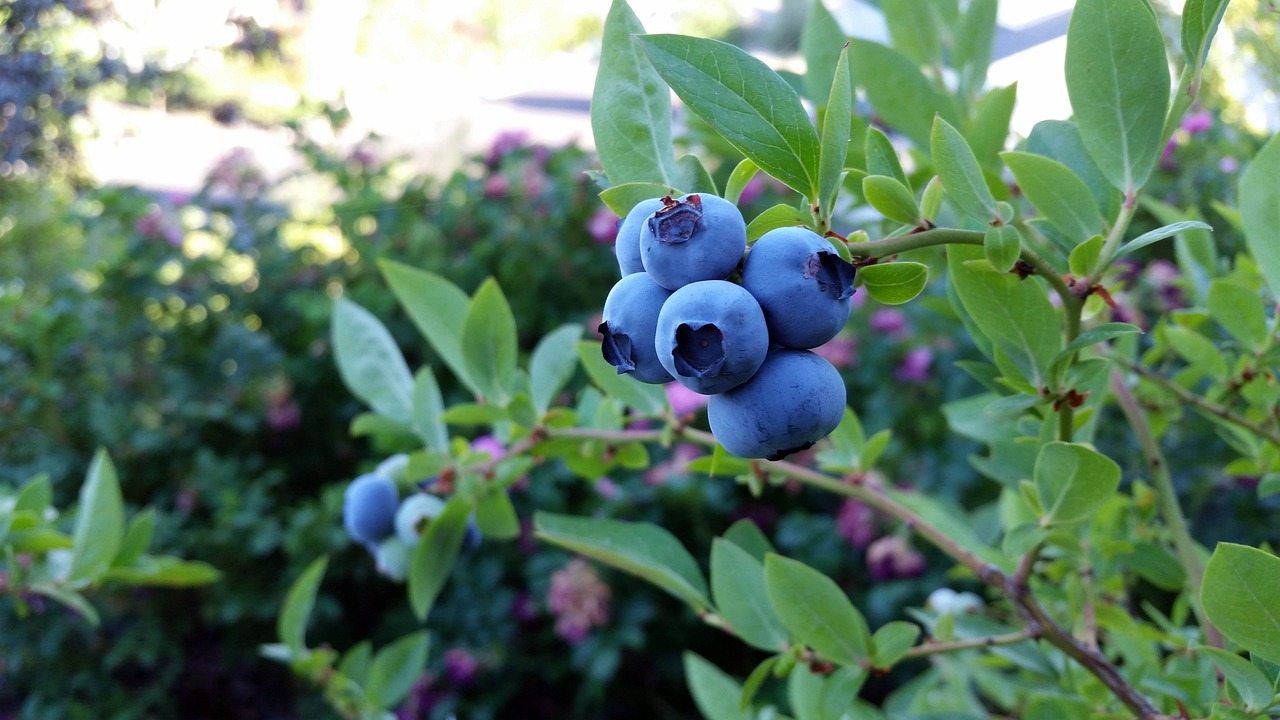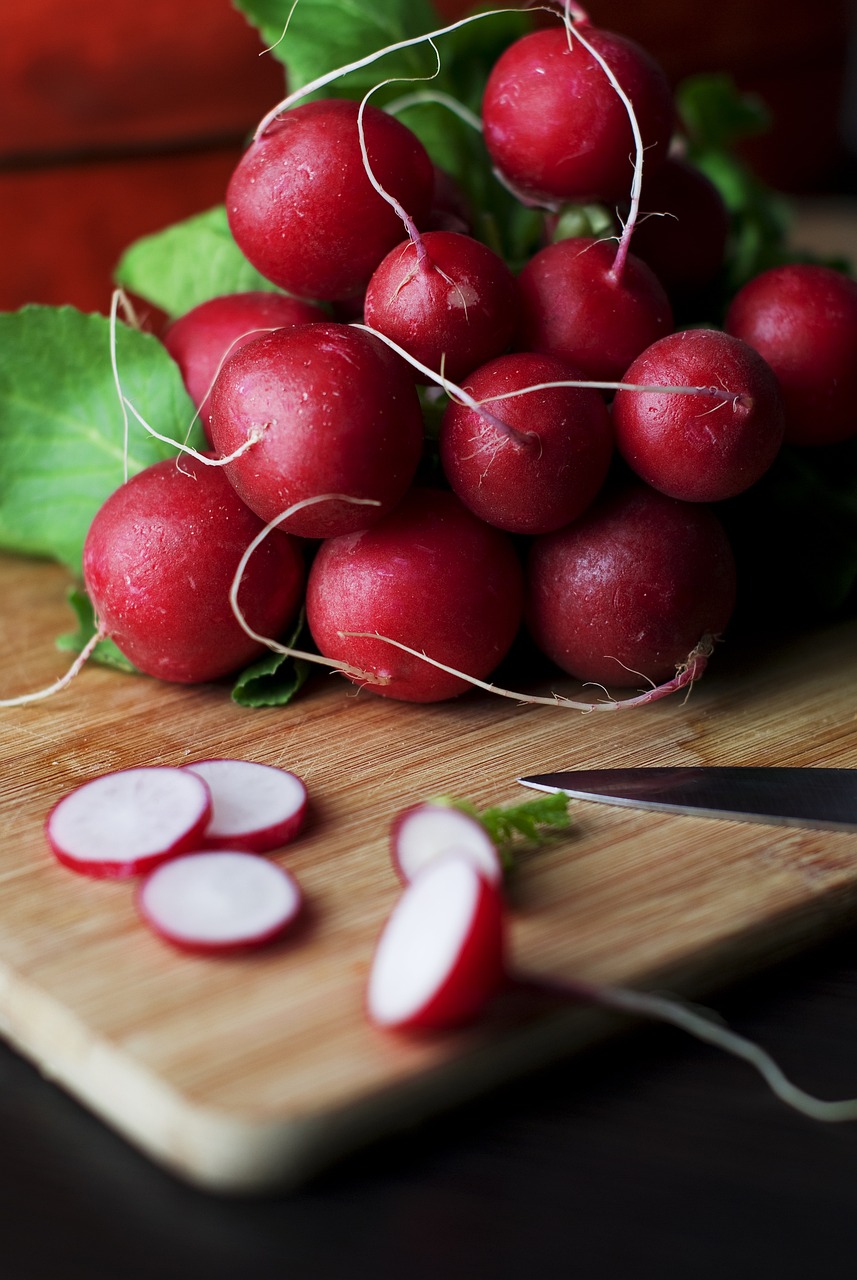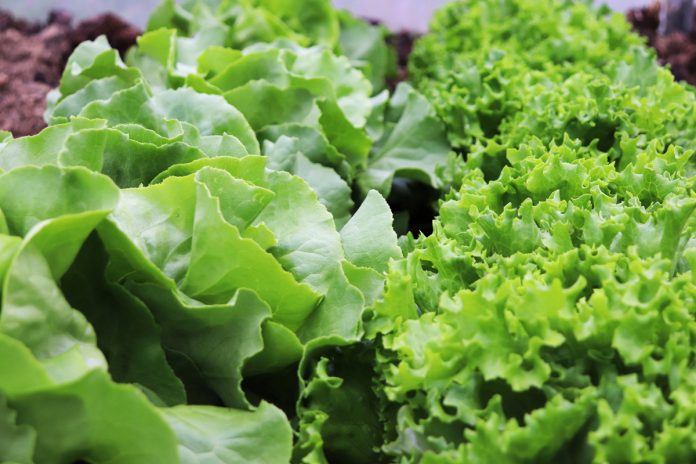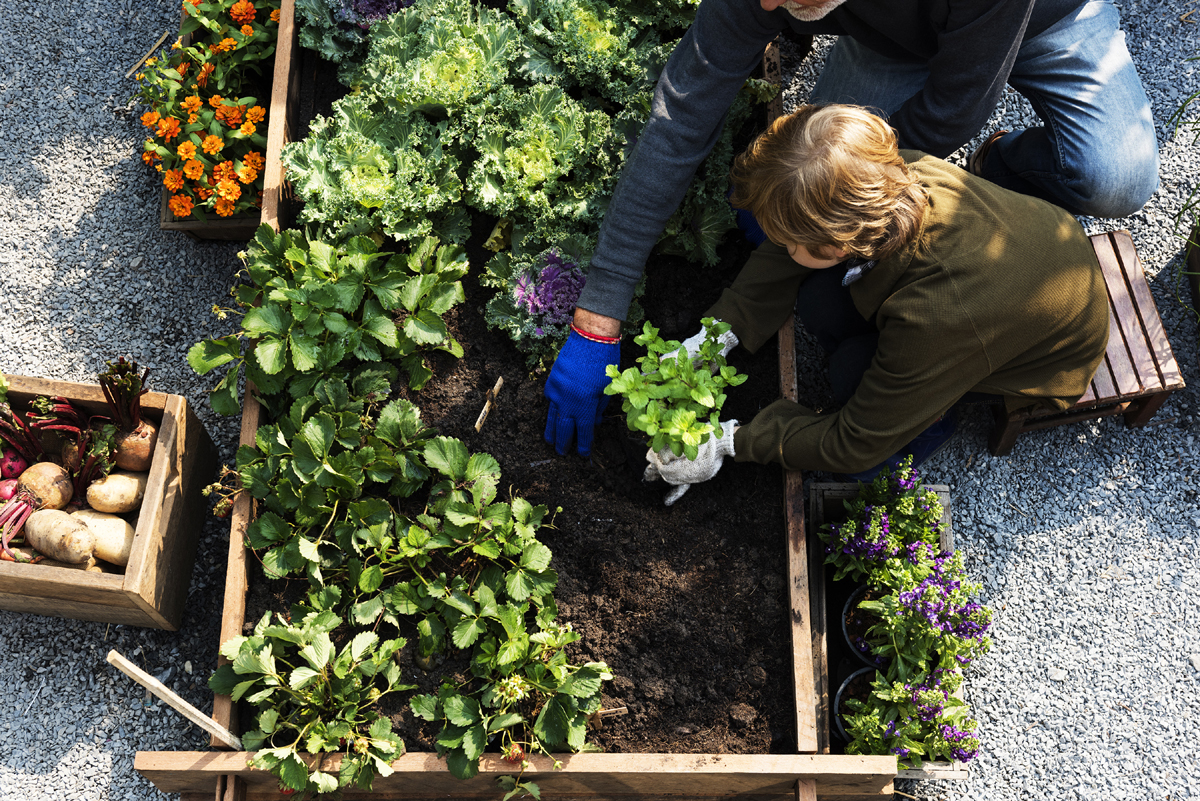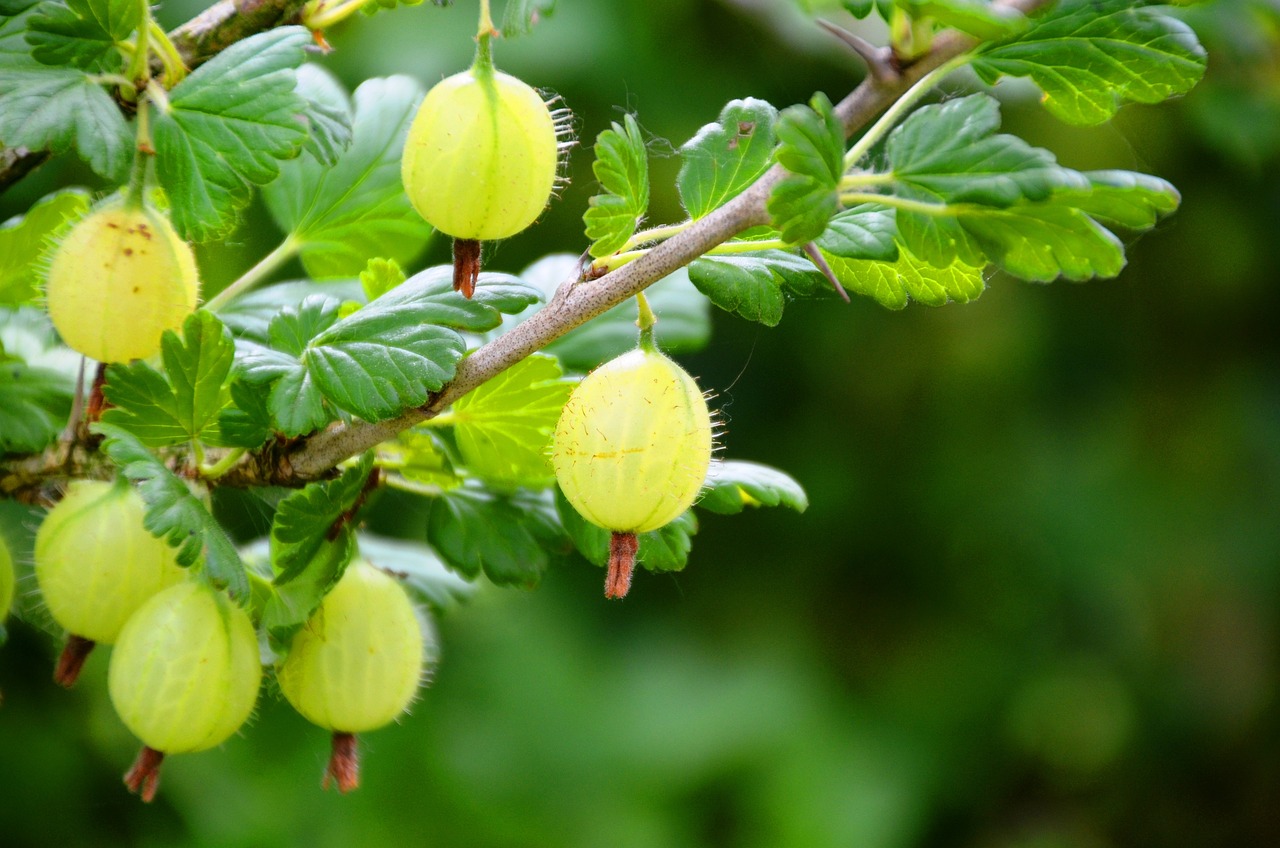Tips for Growing Celery in Your Home Vegetable Garden
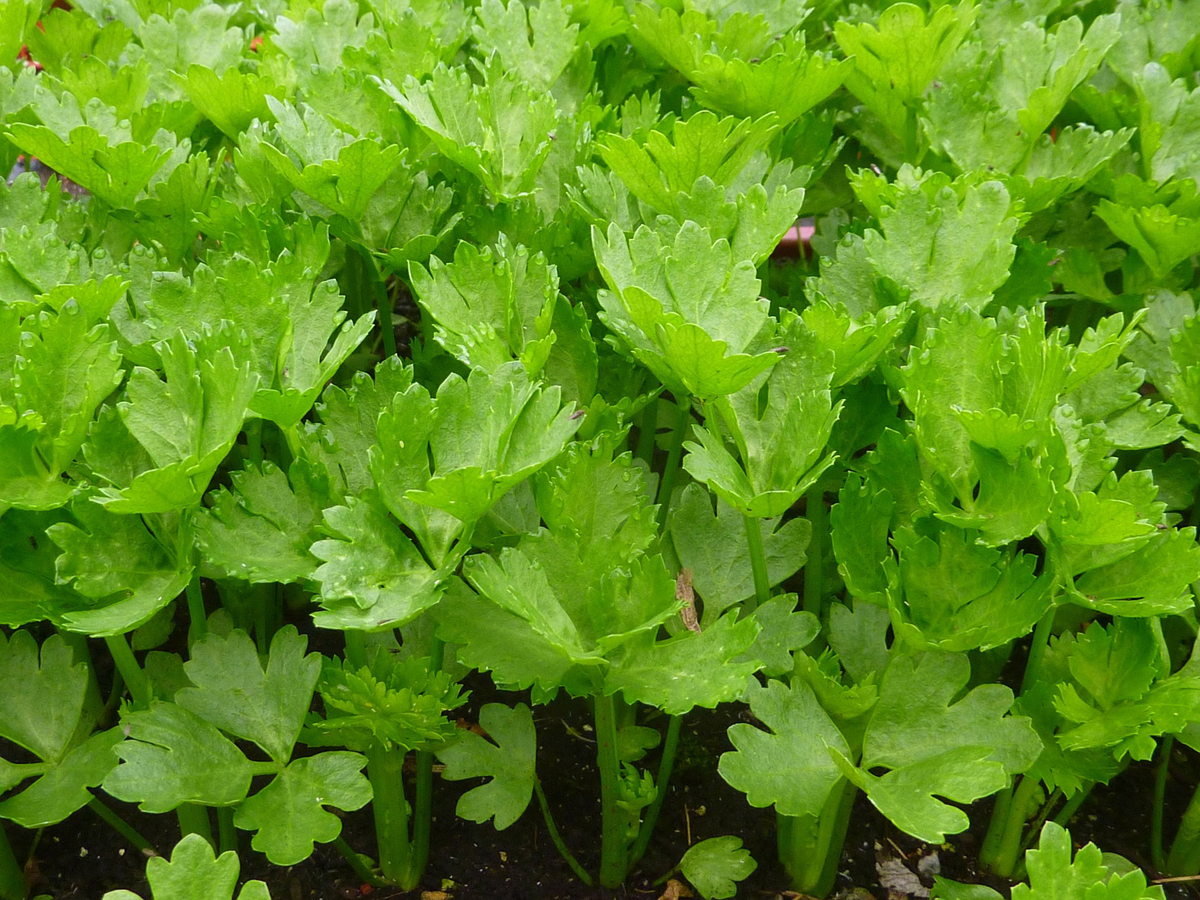
By itself, I believe celery is very bland and tasteless, but throw some peanut butter on it and all of a sudden you get a crispy, crunchy, healthy snack. Celery is so versatile because it can be added to a variety of dishes, such as soups and salads, to actually add flavor.
Celery has been dated as far back as 30 A.D. where it was written that celery seeds were used as a means to relive pain. More recent studies show that celery contains a compound called 3-N-butyl-phtalide that has shown to reduce blood pressure in rats, so maybe back in 30 A.D. they were on to something.
Beyond all the background and scientific data on celery you will find it most interesting if you enjoy vegetable gardening like I do, that growing celery is easier than you think. If you are going to give celery a try in your next growing season, here are some tips to help you out.
As always, start with an excellent foundation and that is your soil. Make sure your soil is in the 6.0 to 7.0 pH range. That makes it neutral to slightly acidic. You can test your soil’s pH level with a $4 home testing kit available from any home or garden center.
Always start your seeds indoors. They will have a better chance for survival and once they have germinated they will more easily adapt to the environment in which you are going to move them to. You can start them indoors as early as 10 weeks prior to the final frost of the season in your area.
When you do plant your seeds indoors, because celery seeds are very tiny, you can just slightly cover them with soil with very little soil. Do not bury them deep as they are not large enough to produce enough energy to break through large amounts of dirt.
You are ready to move them outdoors when day time temperatures remain steady above 70 degrees Fahrenheit and night time temperatures do not dip below 60 degrees. Should temperatures fall below 60 make sure you cover them to protect your celery from the elements.
Space your celery plants out at least eight inches to give them plenty of room to grow and thrive. A weekly heavy watering schedule combined with adding a fresh supply of compost to ensure they receive the high amounts of nitrogen, potassium and phosphorous they need should do the trick.
Celery makes for a great companion to plant to nearly all vegetables. However in a plant rotation avoid following members of the cabbage or lettuce family.
As you can see adding celery to your home vegetable garden is not that difficult of a task. Just follow these tips and suggestions and you can be adding fresh celery from your garden to your next plate of Buffalo wings.
The Author:
Mike is the author of the book “Vegetable Gardening for the Average Person” AveragePersonGardening.com.


